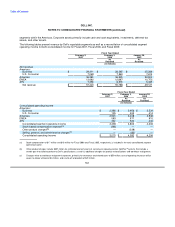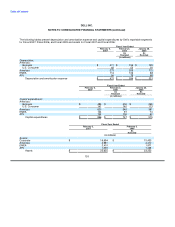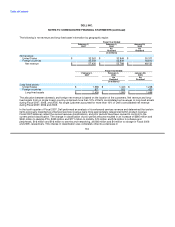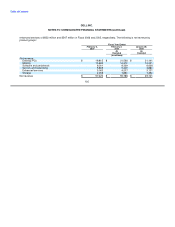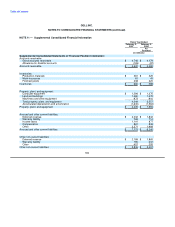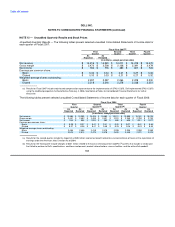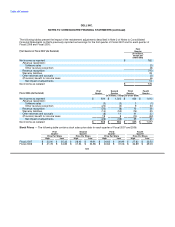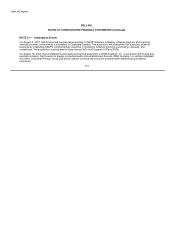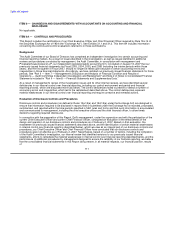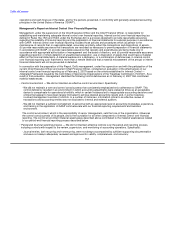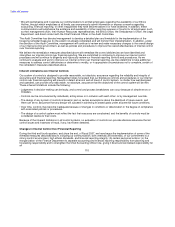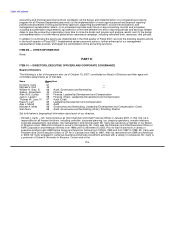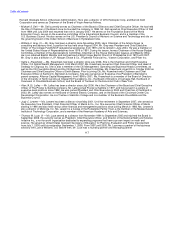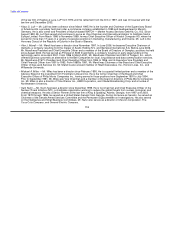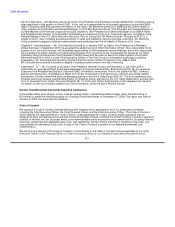Dell 2006 Annual Report Download - page 115
Download and view the complete annual report
Please find page 115 of the 2006 Dell annual report below. You can navigate through the pages in the report by either clicking on the pages listed below, or by using the keyword search tool below to find specific information within the annual report.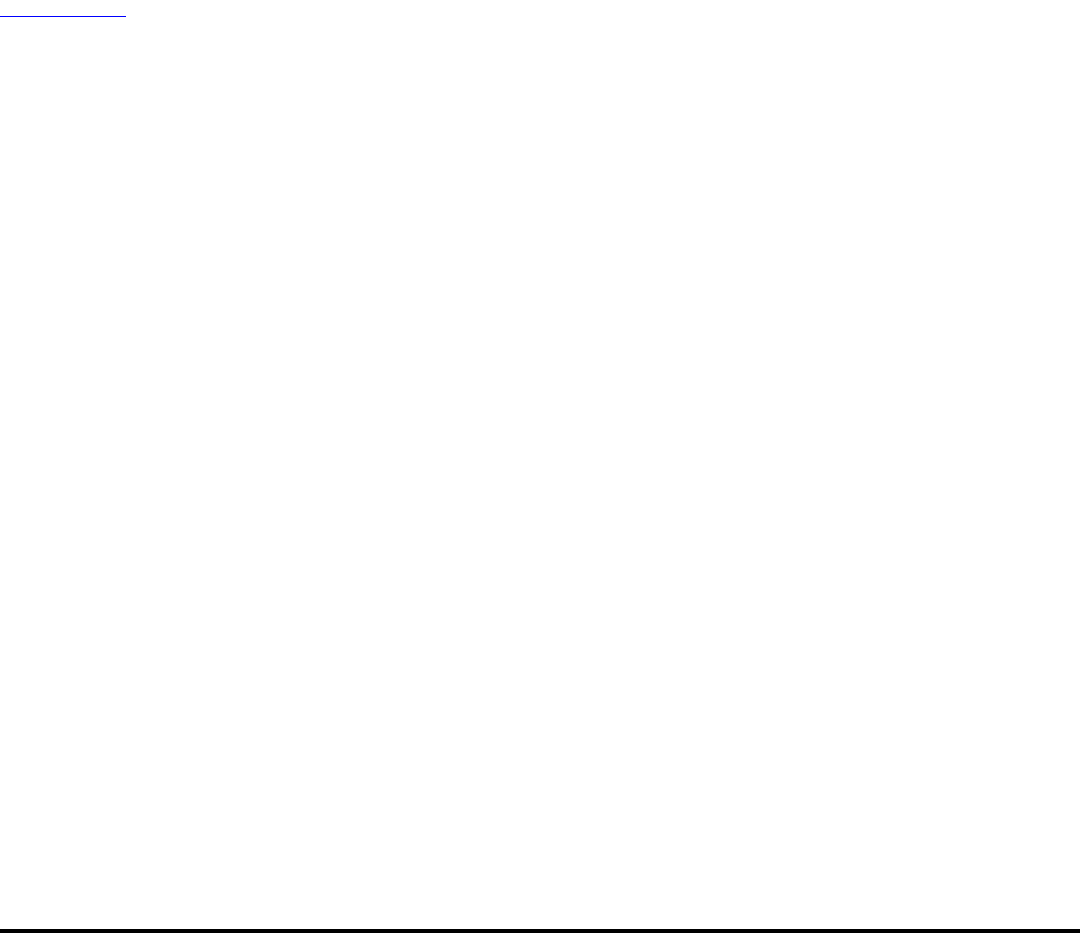
Table of Contents
operations and cash flows as of the dates, and for the periods, presented, in conformity with generally accepted accounting
principles in the United States of America ("GAAP").
Management's Report on Internal Control Over Financial Reporting
Management, under the supervision of the Chief Executive Officer and the Chief Financial Officer, is responsible for
establishing and maintaining adequate internal control over financial reporting. Internal control over financial reporting (as
defined in Rules 13a-15(f) and 15d(f) under the Exchange Act) is a process designed to provide reasonable assurance
regarding the reliability of financial reporting and the preparation of financial statements for external purposes in accordance
with GAAP. Internal control over financial reporting includes those policies and procedures which (a) pertain to the
maintenance of records that, in reasonable detail, accurately and fairly reflect the transactions and dispositions of assets,
(b) provide reasonable assurance that transactions are recorded as necessary to permit preparation of financial statements
in accordance with GAAP, (c) provide reasonable assurance that receipts and expenditures are being made only in
accordance with appropriate authorization of management and the board of directors, and (d) provide reasonable assurance
regarding prevention or timely detection of unauthorized acquisition, use or disposition of assets that could have a material
effect on the financial statements. A material weakness is a deficiency, or a combination of deficiencies, in internal control
over financial reporting such that there is more than a remote likelihood that a material misstatement of the annual or interim
financial statements will not be prevented or detected.
In connection with the preparation of this Report, Dell's management, under the supervision and with the participation of the
current Chief Executive Officer and current Chief Financial Officer, conducted an evaluation of the effectiveness of our
internal control over financial reporting as of February 2, 2007 based on the criteria established in Internal Control —
Integrated Framework issued by the Committee of Sponsoring Organizations of the Treadway Commission ("COSO"). As a
result of that evaluation, management identified the following control deficiencies as of February 2, 2007 that constituted
material weaknesses:
• Control environment — We did not maintain an effective control environment. Specifically:
-
We did not maintain a tone and control consciousness that consistently emphasized strict adherence to GAAP. This
control deficiency resulted in an environment in which accounting adjustments were viewed at times as an acceptable
device to compensate for operational shortfalls, which in certain instances led to inappropriate accounting decisions and
entries that appear to have been largely motivated to achieve desired accounting results and, in some instances,
involved management override of controls. In a number of instances, information critical to an effective review of
transactions and accounting entries was not disclosed to internal and external auditors.
-
We did not maintain a sufficient complement of personnel with an appropriate level of accounting knowledge, experience,
and training in the application of GAAP commensurate with our financial reporting requirements and business
environment.
The control environment, which is the responsibility of senior management, sets the tone of the organization, influences
the control consciousness of its people, and is the foundation for all other components of internal control over financial
reporting. The control environment material weaknesses described above contributed to the material weaknesses related
to our period-end financial reporting process described below.
• Period-end financial reporting process — We did not maintain effective controls over the period-end reporting process,
including controls with respect to the review, supervision, and monitoring of accounting operations. Specifically:
-
Journal entries, both recurring and nonrecurring, were not always accompanied by sufficient supporting documentation
and were not always adequately reviewed and approved for validity, completeness, and accuracy;
112


